Fertiliser application: It may seem strange talking about fertiliser when for many parts of the country it is difficult to walk on ground, never mind travel with a tractor.
There is, however, massive variation with some farms in the south east and those on very dry, free-draining lands starting to dry a little in recent days and edging outwards with slurry or chemical fertiliser.
Soil temperatures in these areas are improving, and reports suggest they are climbing above the 5oC soil temperature recommended on a few consecutive days before applying chemical fertiliser.
Even where it is not possible to apply fertiliser, many farmers are at the stage of considering what to purchase. Urea is the cheapest available source of nitrogen, with an application rate of half a bag or 23 units per acre generally advised. However, where soils are low in phosphorus (P) and potassium (K), there is a benefit and valuable response from applying a compound fertiliser to help kick-start growth. Targeting reseeded swards or those with a high percentage of perennial ryegrass will deliver the greatest response.
Supplementing ewes: Fields closed in October for early grazing have performed well, with many reporting a grass cover of 6cm to 7cm (800kg DM /ha to 1,100kg DM/ha). A cover like this is capable of supporting the nutritional requirements of ewes and single/twin suckling lambs in early lactation.
Ground conditions remain tricky in many areas, and a balance should be achieved between delaying grazing and supplementing lactating ewes to achieve better grass utilisation, if required, and giving lactating ewes the best possible start.
Ewes suckling twin lambs indoors and offered good silage of 70 DMD will require in the region of 1.4kg to 1.8kg concentrate supplementation per day, depending on body condition and the length of the housing period. While ewes supplemented outdoors on an average supply of grass will require 0.8kg to 1kg supplementation.
Early weaning: Some early lamb producers who were not able to get ewes and lambs out are considering retaining and finishing lambs indoors. Lambs can be weaned at six to seven weeks of age or once they are eating 250g to 300g concentrates over three consecutive days. Potential performance is good, with lambs averaging 340g to 390g live weight per day in previous trials.
This level of performance needs to be achieved, as costs will quickly accumulate with lambs consuming between of 1.1kg and 1.4kg concentrates on average daily post weaning, delivering a feed conversion ratio of under 3kg concentrates to 1kg live weight in the best performing lambs and a ratio of 3.5/4 concentrates to 1kg live weight in the poorest performing lambs.
Where progressing down this route, diet formulation is critical, with many trials including ammonium chloride and salt to reduce the risk of urinary calculi. Lambs must also have good access to a fresh supply of clean water with drinking bowls checked and cleaned regularly.
Marketing of lambs is also a consideration that needs to be taken into account. Lambs need to be handled regularly and drafted before they go over-fat.
It may also be worth talking with your processor, as reports suggest some plants may have markets for milk lamb this spring, which may be an option to get lambs away earlier and reduce input costs.




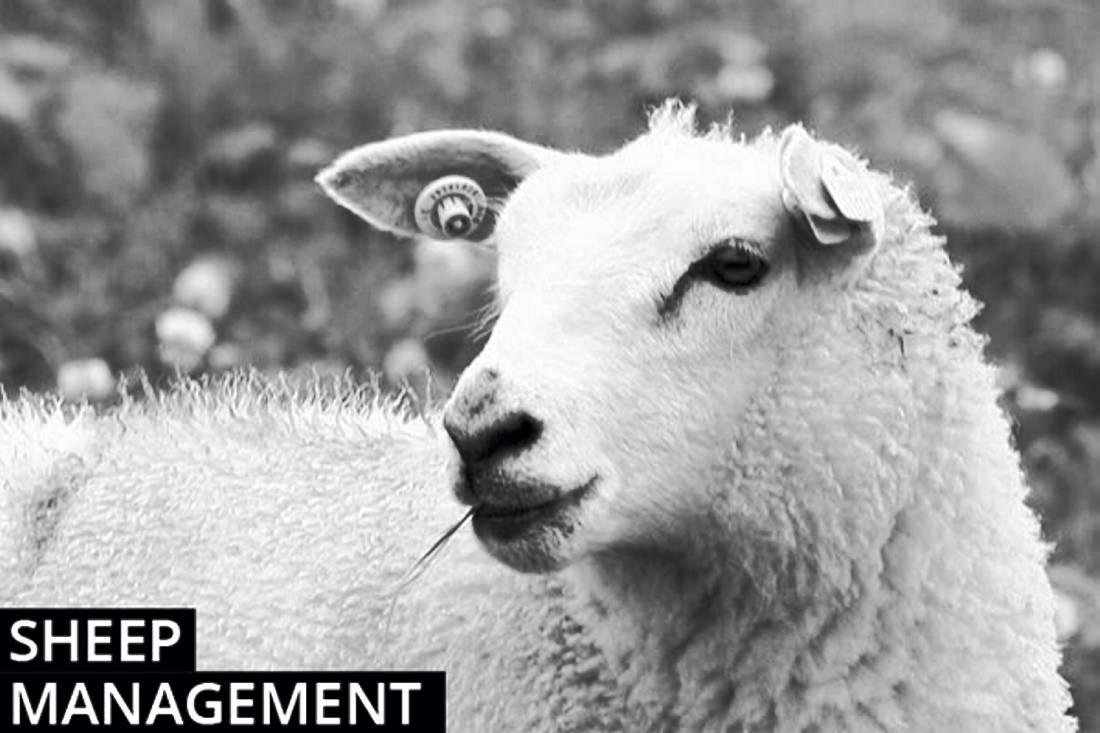
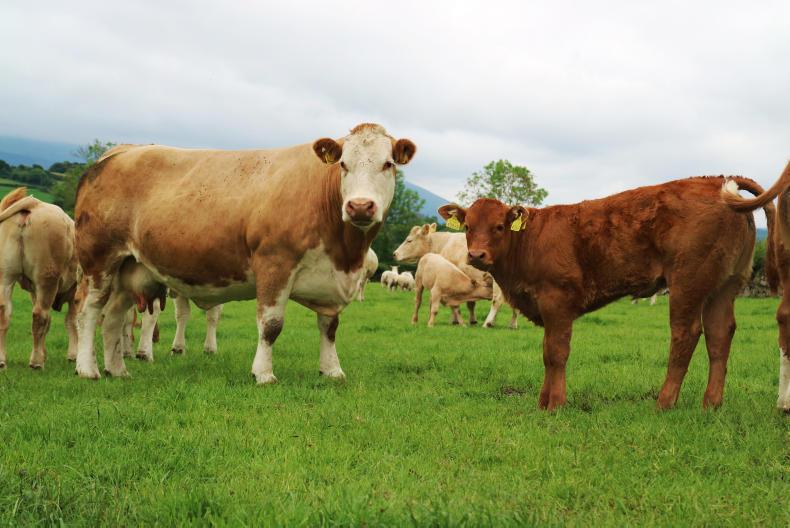

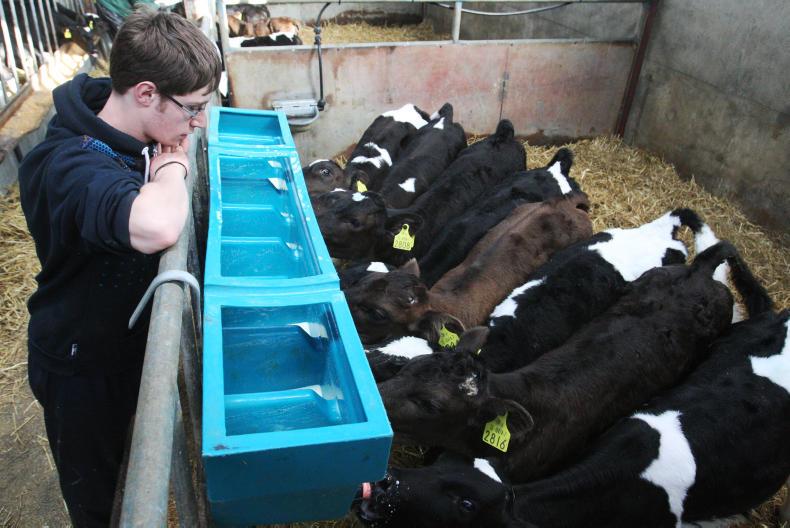
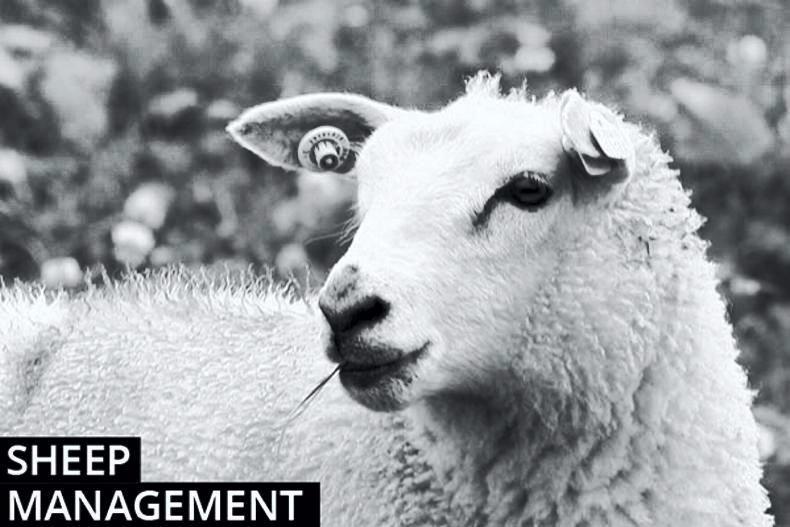
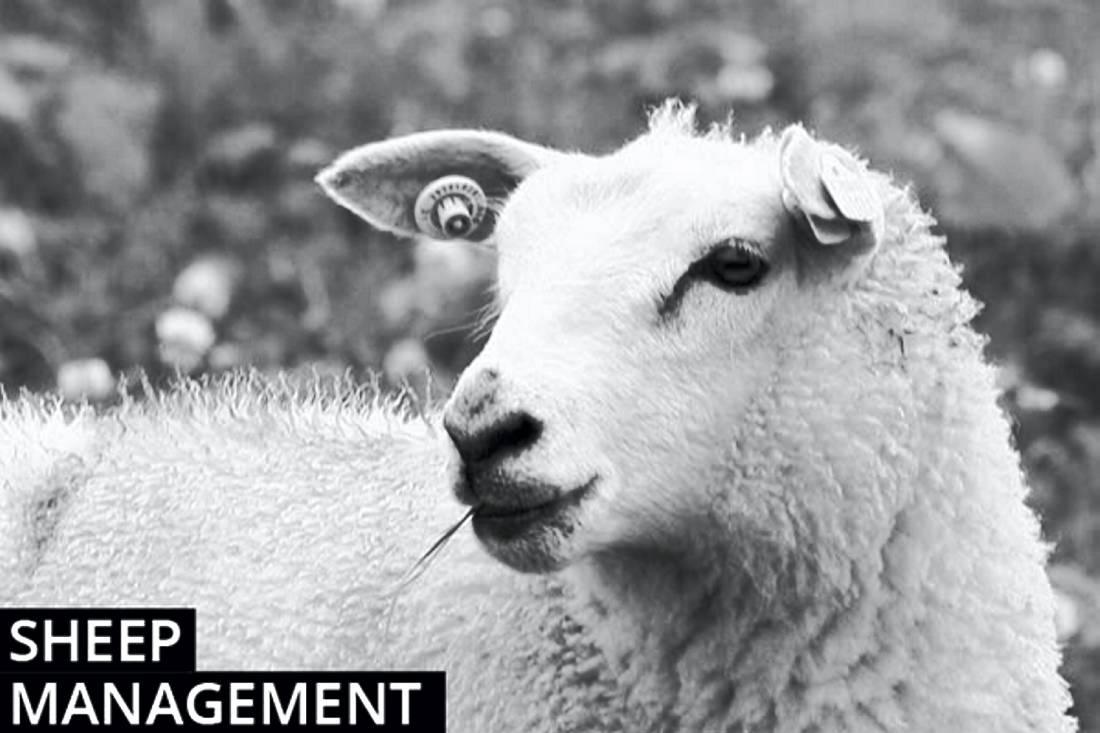
SHARING OPTIONS